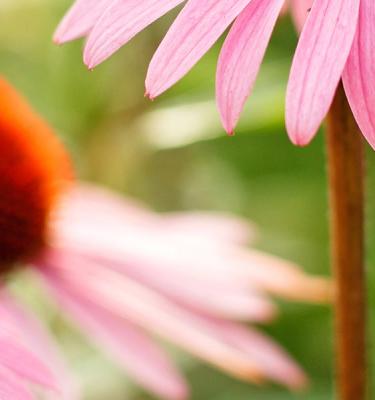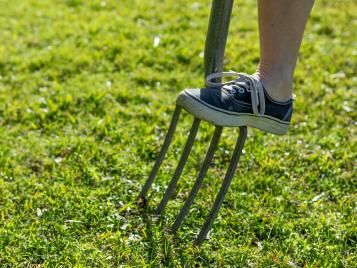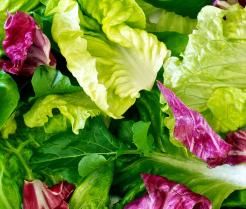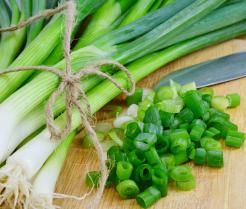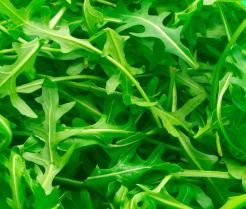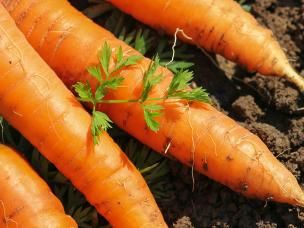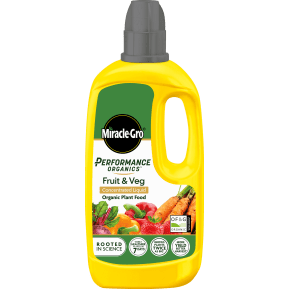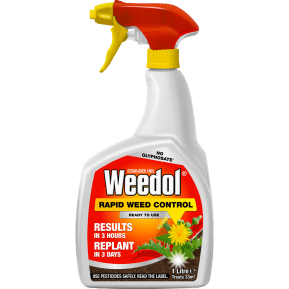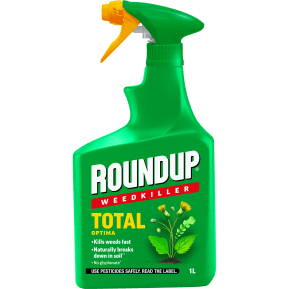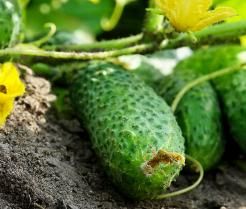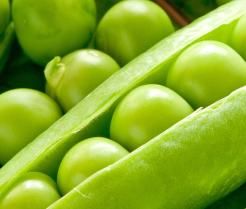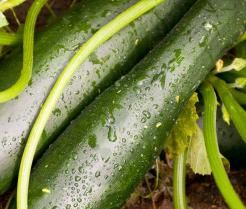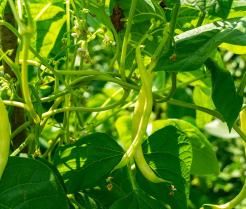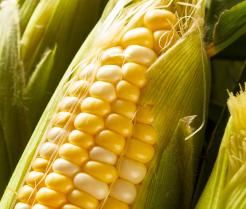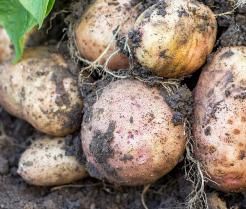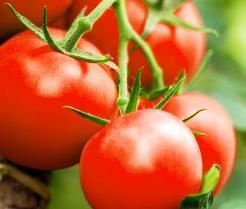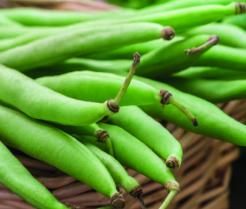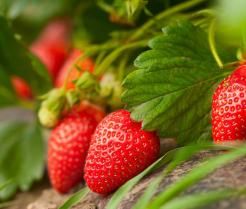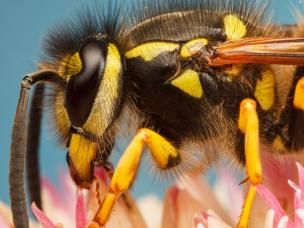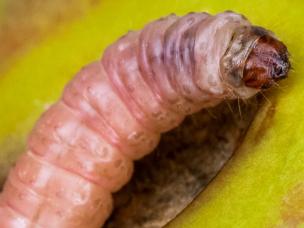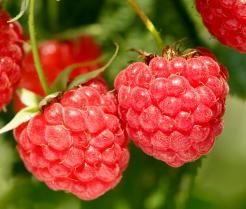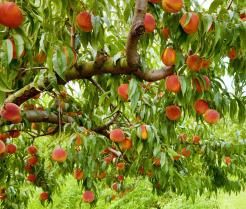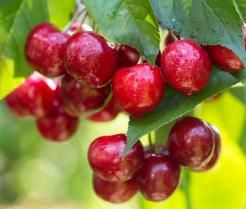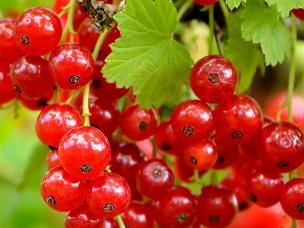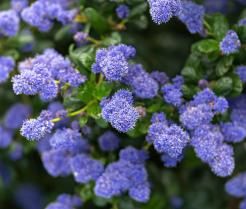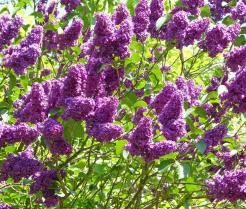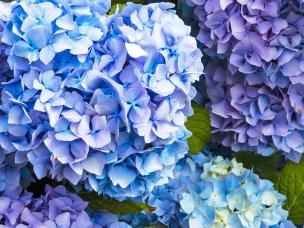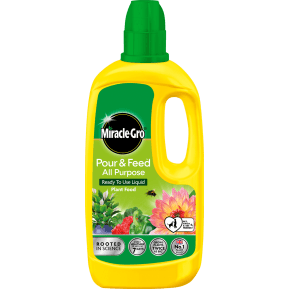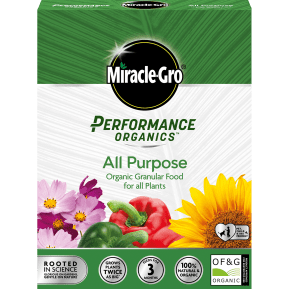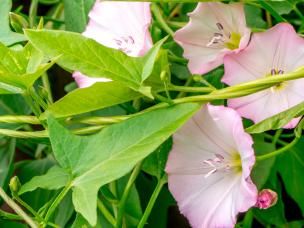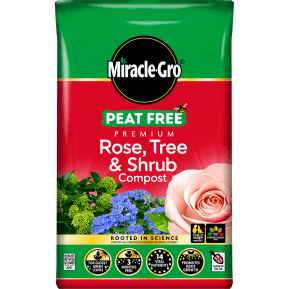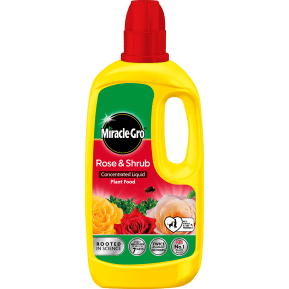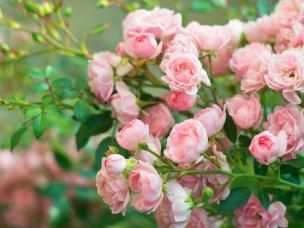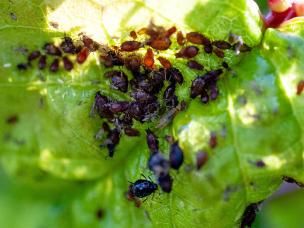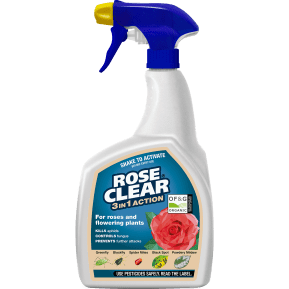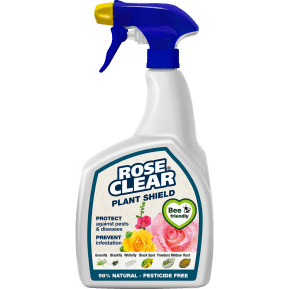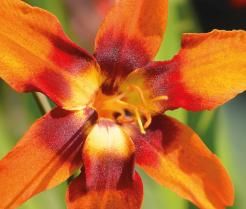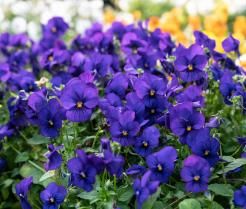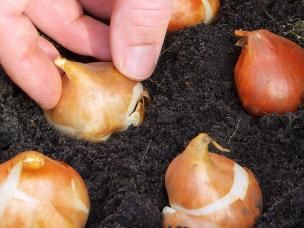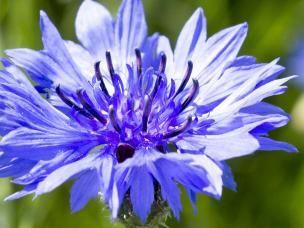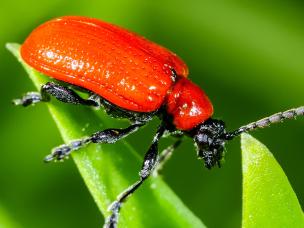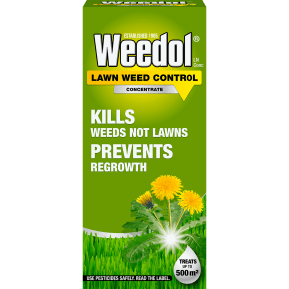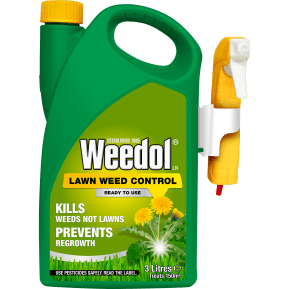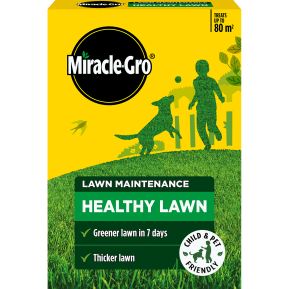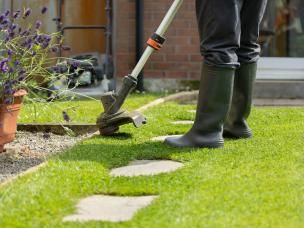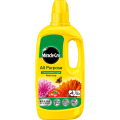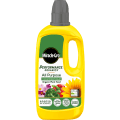August Gardening: Your Monthly Garden Guide
August is often one of the hottest and driest months of the year, reliably bringing the summer to a glorious close. An abundance of warm and dry weather means that there’s a lot to do to keep our gardens looking at their best. Watering becomes a critical activity as we give plants a helping hand in the heat, the vegetable patch is cropping heavily, and the lawn is in full use as a place to enjoy the sun. If you’re wondering what to grow in August, then there are still plenty of options including fruit, veg, flowers, trees and shrubs.
What to plant in August and other August gardening tips
August is a great time to enjoy the best of your garden, but there are still plenty of jobs to do. Whether you want to know what to plant in August or you’re just looking for some general August gardening tips, select a category below and find out how to look after your fruit, vegetables, plants or lawn.
Vegetable garden or fruit patch, you’ll find plenty to keep you busy in the garden in August. Both will be yielding substantial harvests at this time of year and, with your crops flourishing, you’ll likely find that they also require a lot of maintenance to keep them under control and safe from invasive weeds. Make sure your gardening tools are sharp!
Vegetables
Whether you’re looking to pick a bountiful harvest this month or have been asking yourself, ‘what vegetables can I plant in August?’ you’ll be pleased to learn that the options are abundant. Just make sure that you don’t skip out on your veg patch care and maintenance – August can be a challenging month for your veggies.
What vegetables to plant in August
August is the perfect time to think about quick-growing vegetable plants that can be picked before the year comes to an end. When it comes to choosing what vegetables to plant in August, these seeds can be sown straight into soil outside, filling the gaps left by any vegetables you’ve recently harvested:
Plant seedlings of the following
All of the above will give you a crop into late autumn and beyond. August is also a good opportunity to plant out any remaining Kale, winter/spring cauliflowers and winter cabbage plants, if you have them.
Growing vegetables in August
Between deciding what vegetables to plant in August and bringing in a bountiful harvest, you’re going to be spending a lot of time in your vegetable patch this month. So, it’s a good opportunity to carry out some maintenance and give your vegetable plants a little extra care to help them get through one of the hottest, driest months of the year. Here are some jobs for the vegetable patch in August:
- Asparagus - monitor your plants closely for asparagus beetle, which will weaken future crops. These can be removed by hand.
- Aubergines - remove the top growing point to allow the plant to divert its energy into the developing fruit.
- Beetroot - thin out the plants gradually so that each has about 8cm (3 inches) of growing space. Use the leaves as they are, and grate smaller roots into salads.
- Broad beans - once they have finished cropping, cut the plants to ground level. The roots will decay in the soil and provide a source of nitrogen to other plants.
- Celery - water it well, surround the stalks with newspaper and then earth up with soil.
- French and runner beans – water these well in dry weather and add a mulch of peat-free compost or grass clippings afterwards to conserve moisture.
- Peas – protect your peas from birds by covering them with netting, or dangling shiny objects nearby which will move in the wind to deter any feathery pests.
- Sweetcorn - tap the stems of each plant every week to help pollination.
- Blight can devastate tomato and potato crops at this time of year. Look out for brown patches on the plants and remove any affected plant material immediately before it has the chance to spread to the edible parts of the plant.
- Hoe the vegetable patch to reduce competition from weeds for moisture. Hand weed asparagus, carrots and beetroot as they can be easily damaged, and consider using a weed control.
What vegetables to harvest in August
August will see you pull one of the biggest vegetable harvests in the calendar, as your hard work from earlier in the year really starts to pay off. Any of the following will be ripe for the harvest in August:
Remember to pick your courgettes when they’re roughly 10cm (4 inches) long, and before they have the chance to turn into marrows. You should continue to water them well, and you can use a naturally derived tomato feed – such as Tomorite® – on them once a fortnight.
Rather than doing one large harvest, continue to harvest your French and runner beans regularly as it will help the plants produce more pods.
Fruit
If you’re asking yourself what fruits to plant in August, then your energy may be better placed taking a well-earned break and enjoying the fruits of your labour, as there’s not much you can plant in August. Don’t get too comfortable, though – there’s still plenty of care and maintenance to keep you busy in your fruit garden.
What fruits to plant in August
While there aren’t many fruits that you can plant in August, strawberries are an exception and will overwinter to produce larger crops in the summer.
These fruit trees and bushes can all be planted in August:
Growing fruit in August
Wandering around the garden picking your homegrown fruit provides a good chance to check the same plants for pests and diseases, pruning opportunities or any other general care.
Pests and diseases
Birds are particularly active at this time of year and have a sweet tooth, favouring figs, cherries, and your ripening berries, so consider protecting these with nets if you don’t want to lose them to any cheeky beaks!
Check for any damage to your apples and pears. If you find an exit hole on the fruit and further tunnelling towards the centre, this may be the result of codling moth caterpillars. These are hard to treat at this time of year but make a note to put up some pheromone traps next spring before the moths have a chance to lay their eggs.
Brown rot is a fungal disease that spreads quickly and can affect many different types of fruit. Remove any affected materials and make a note to prune the plants later in the year to improve air circulation.
If wasps are a problem in your garden, put out a wasp trap to draw them away from the fruit. You can make these yourself quite easily by piercing holes in the lid of an old jam jar, placing some jam inside, and leaving the jar nearby. Just make sure you don’t put it in a part of the garden that you or your family are likely to frequent.
Pruning
They key to effective pruning and therefore keeping your plants growing healthily is timing. Your plum trees should be approaching full growth in August, so take the opportunity to give them a prune – if you leave it until the colder months the cuts can introduce disease.
General care
Make sure you put supports in place for apple and pear trees – either cordons of espaliers – to help direct new growth in a way that retains the intended shape over the next year.
If you have summer-fruiting raspberry canes that produced fruit earlier in the year, then you can now remove the canes. Remove the ones that are brown and woody, and thin out the newer green ones so they are about 25cm (10 inches) apart.
Sever the runners from old strawberry plants and move these young plants to a new location if the bed looks crowded – try to leave about 30cm (12 inches) between the plants. You can also cut back the foliage on grape vines to expose the fruit to the sun. This will cause them to ripen faster.
There are likely to be a few dry spells this month, so make sure you water any new fruit bushes and trees so that they establish strong roots to provide you with fresh fruit for years to come.
What fruit to harvest in August
If you’ve already collected your August vegetable harvest then hopefully you’ve left some energy for your fruit garden because there are so many different fruits ripening in August. Relish eating them fresh from the plant, still warm from the summer sun, or freeze them to enjoy later in desserts. Depending on the variety grown, all of the following fruit can be harvested this month:
Most will not store well unless frozen, dried or preserved as jams. There should be plenty more to come later in the year though, so enjoy them straight from the plant whilst thinking about what you might do with any surpluses.
With some of the warmest weather of the year, August is a fantastic time to be out in your garden enjoying all your hard work. It can also be a challenging time of year for your outdoor plants though, with hot, dry spells and pests rife. Whether it’s plants or shrubs or a colourful rose garden, focus your efforts this month on pruning and pest control.
Plants and shrubs
August is all about pruning and maintenance to ensure your plants remain healthy through the summer heat and retain their shape and growth into winter. If you’re wondering what plants can be planted in August, then any container grown plants are your best bet, but they’ll need regular watering if conditions remain dry this month.
What plants and shrubs to grow in August
Any plants that you’ve been growing in containers can now be planted out, although they will need careful attention to survive the demands of a hot summer. The following can all be planted out now!
If you can wait until later in the year to plant perennials, they will need less care and maintenance, leaving you free to concentrate on other activities in the garden.
Growing plants and shrubs in August
Wisteria can be quite active in August and can cause damage to your brickwork and guttering if you’re not careful. Give it a prune and make sure it’s not growing into any crevices. You can also remove any lateral shoots at the base and any straggly growth.
August is also a good opportunity to prune Choisya, lavender, Nepeta and Weigela into a tidy shape once they have finished flowering. Alchemilla, delphinums and hardy geraniums can be cut back to remove the browning leaves.
With some of the hottest weather of the year and frequent dry spells, it’s incredibly important to keep on top of not only your watering, but your weeding in August. Weeds can quite easily take over in dry conditions.
Make sure you pay particular attention to any newly-planted container-grown perennials, keeping them well watered during dry spells. Your established perennials will be a little hardier and only need to be watered during exceptionally dry spells – they already have strong root systems that can withstand a period of drought.
You can keep on top of weeds by lightly hoeing the soil around shrubs. If you do this on a sunny day it will allow the weather to dry and shrivel the weeds. Bindweed can be a nuisance in established borders around this time of year and should be removed as soon as you see it. The flowers may be pretty but it’s an invasive species so don’t be tempted to leave it. If your invasive weeds are persistent, consider using a weed control product – light weeds can be tackled by something like Weedol, while Roundup is ideal for combatting Bindweed.
Roses
If you’re asking yourself ‘can I plant roses in August?’ then the answer is yes – if they’re container grown. You’ll be better off waiting until late winter or spring to plant any bare-root roses but don’t worry if that green thumb is getting itchy; your existing rose bushes will need a lot of care during August with diseases and pests rife in the garden.
What roses to plant in August
If you have container-grown roses then they can be planted out in August. You can either move them to larger, more ornate containers, or plant them into a border to provide a beautiful scent for those lazy afternoons in the garden.
There are a few simple things you can do to help a new rose settle into its home stress-free:
- Select an appropriate location for your rose. Many roses thrive in the sun, but varieties are available that are better suited to other conditions, such as particularly shady spots. Make sure you know where best suits your variety.
- Water the soil before planting your rose and add plenty of naturally derived peat-free compost specifically formulated for roses.
- Make sure that the hole or container which you will plant the rose in is several inches deeper and wider than the roots of the rose.
- Tease the roots from the container to encourage them to spread.
- Loosely tie the rose to a cane inserted into the soil, to provide it with extra support.
- Consider using a dedicated rose feed – this will help encourage growth and support your rose bush through the planting shock.
- Water the rose well in the dry heat of August, first thing in the morning or in the evening.
There are many types of rose to choose from depending on the space and location you have in mind, so make sure you choose something that will thrive in your environment.
Growing roses in August
August is a time to be vigilant in the rose garden. Both dry heat and humidity can create ideal conditions for a number of damaging pests and diseases.
A telltale sign of aphids is an unsightly black ‘soot’ on leaves. This is actually a mould that grows on the sticky excretions left by aphids which have been busy sucking sap from the rose. The aphids particularly enjoy newer growth, such as buds and young leaves. They can be managed either by removing them by hand, using a spray control, or by encouraging predators such as ladybirds and lacewings.
Another issue to look out for, which can look similar, is blackspot – a fungal disease that causes black marks on leaves and sometimes yellowing on the wider leaf. Blackspot can cause roses significant damage, sometimes prompting leaves to drop off completely and inhibiting the plant’s development. Do not compost material from any roses that you think may be infected as you can risk spreading the disease around your garden. You can treat this with a spray specially designed for roses.
The other fungal disease to keep an eye out for is powdery mildew, which causes white growth on roses. It can damage long buds meaning that the rose bush will produce fewer flowers. Make a note to keep pruning your roses throughout autumn and winter to increase airflow around the plant.
Finally, look out for large rose sawflies, their eggs and larvae. You can manage these by encouraging birds into the garden – just make sure that if you have any fruit growing you cover it with a netting.
If natural controls don’t work and your roses continue to be plagued by pests, consider using an organic pest control product to protect against infestations. Remember to use a product – such as RoseClear – that is safe for bees and household pets.
You can provide your roses with some extra resilience by using a specialist, naturally derived feed. This will also prolong the flowering period and keep the leaves looking lush and green, even under the hot summer sun.
If you want to add a new lease of life to your garden and find yourself wondering what flowers to grow in August, then bulbs are going to have the best chance of success during the warmer months. Don’t put your feet up once you’ve got them planted, though; the combination of summer growth and hot, humid conditions means that there’s plenty of maintenance to be done elsewhere in your flower beds.
What flowers and bulbs to plant in August
Already looking forward to a colourful autumn display in your flower beds? If so, now is the time to plant bulbs and bulb-like corms. Plant them into pots or well-drained soil and make sure they receive plenty of sunlight. The following can all be planted in August:
- Autumn-flowering Crocus
- Colchicum
- Cyclamen
- Nerines
- Sternbergia
- Seeds of Centauria (cornflowers), pansies and violas can also be sown now.
Plant seedlings of the following
Growing flowers and bulbs in August
August is a very busy time in the garden. Thankfully the weather is usually warm and dry, so maintaining flowers and bulbs can be a good excuse to spend extra time outside and get some exercise.
Prioritise watering flowers and bulbs in containers as the August heat can dry pots out quickly. Water them early in the morning or later in the evening once they are no longer in direct sunlight. Hanging baskets can be taken down in the evenings and placed into a tray of water – this will help ensure they get enough moisture during the warmest, driest parts of the month.
If you have any tall plants that are getting top heavy (such as dahlias or lilies) stake them to help keep them from snapping in strong winds. This also helps to protect the tubers, bulbs and root systems from damage caused by excessive movement.
The warm, humid days offer an ideal environment for pests and diseases to thrive in, so make sure you keep any eye out for things such as lily beetles on lilies and fritillaries. These will strip plants very quickly, so remove them as soon as you see them.
Finally, it’s time to start looking ahead to next year. Collect the seeds from any plants you want to grow again next year, such as sweet peas, poppies, love-in-a-mist and any wildflower areas. The seeds should be dry and should rattle in their pods when you shake them. Store them somewhere cool and dry.
The August heat can certainly put your lawn through its paces but try not to be too overreactive if you see any minor signs of yellowing or brown grass – lawns are resilient and will likely bounce back. Read on for lots of August lawn care tips and find out what you can do to give your grass that extra helping hand when it needs it.
August lawn care
Don’t use the summer heat as an excuse to slack off! You should maintain your regular summer mowing schedule throughout August. Mowing your lawn at least weekly when your grass is growing will encourage grass roots to regenerate themselves and swards to grow thicker, allowing your lawn to develop more resilience towards extreme weather. You should aim to cut the grass to a height of around 5cm (2 inches) or more. This will help to protect the grass in very dry weather.
Try to leave the lawn clippings on the grass for a short time after. This will encourage your lawn to retain moisture during the August heat, but also provides a useful source of nitrogen for the grass. If weeds are still proving problematic, consider using a weed control product specially formulated for lawns.
Finally, it’s time to let go of those wildflower patches and give them a strim, as they will now be past their best.
Watering your lawn in August
Regular, moderate watering during very dry spells will keep your lawn looking lush and green. Don’t panic if your lawn goes brown during the heat of summer. This is normal and grass is resilient. It will recover in the autumn once the rains and cooler weather return, but you may wish to aerate the lawn using a garden fork to help air and moisture reach the grass roots.
Lawn treatment in August
Keep an eye out for any dandelions in your lawn. They seed themselves freely and create competition for the grass, sapping the moisture and essential nutrients. You can weed them out by hand, but if they’re extensive then a selective lawn weed killer would be a better option.
Finishing touches to lawns in August
It’s the small details that make a picture - after you mow your lawn, give the edges a little attention with some edging shears. This above all else will leave your garden looking noticeably tidier.
Recommendation: Sow fresh grass seed in shallow pots or trays so that if you have any bare patches in your lawn in the autumn, you have something to fill them in with.
